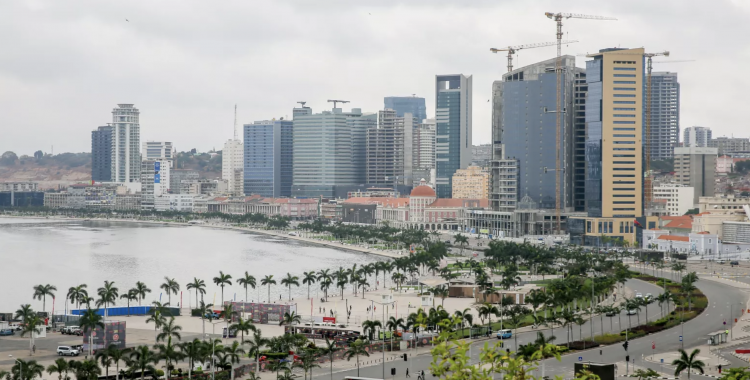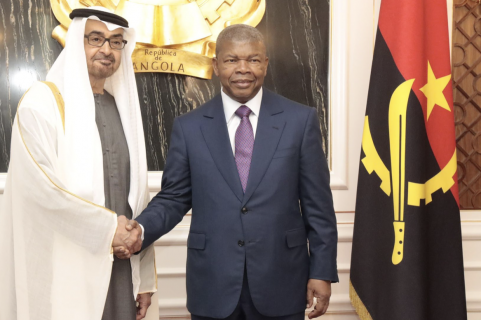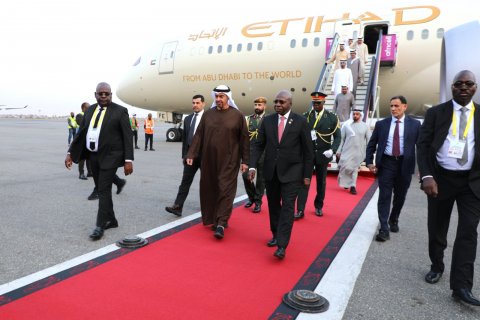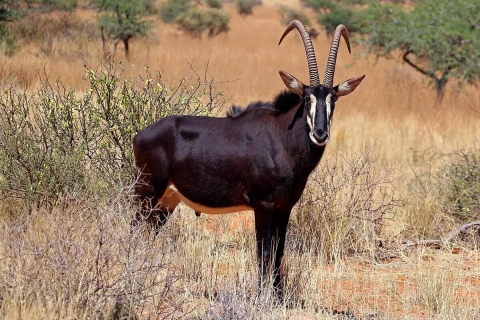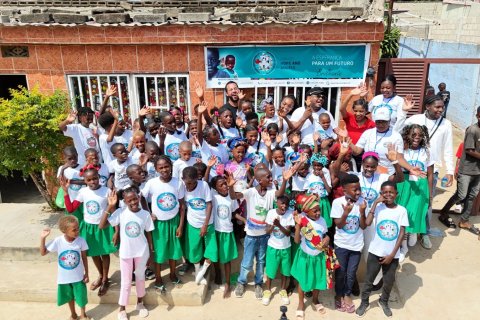In an interview with the Lusa agency, the representative of the ADB in Angola, Pietro Toigo, revealed that the activity of the ADB in Angola has increased significantly in the last decade, especially in the last five years, but for the time being only with projects in the public sector.
Angola joined the African Development Bank in the 1980s and since then the financial institution has invested around 3 billion dollars in the country, having approved 53 loans and donations.
One third of this amount relates to 11 projects currently being implemented, with emphasis on the energy sector, which absorbs 50 percent of the total.
The remainder is distributed among agriculture (about 12 percent), water and sanitation (12 percent), finance (12 percent) and social (9 percent) and multi-sector.
The ADB is preparing the next strategy for Angola, covering the period 2024-2028, and is expected to present the next funding cycle between July and September 2023.
Project financing, explained Pietro Toigo, depends on assessing the country's lending capacity and on dialogue with Angolan institutions, within which the strategy to be followed and the priority sectors for the country's development will be defined, also taking into account the ADB's priorities in Africa: industrialization, regional integration, agricultural transformation, improved quality of life and universal access to electricity.
The projects are developed together with the bank's experts, and are subsequently presented to the board of directors, where the financial institution's 81 shareholders are represented, including 54 African and 27 non-African countries.
The amount of financing is based on the country's classification (in the case of Angola, a middle-income country) and variable interbank rates, with more favorable conditions being applied than in the markets.
"We are a 'AAA' bank and our financing cost is much lower than that of commercial banks. The loans also have better conditions in terms of the financing term which, in the case of the public sector, is 20 to 25 years with grace periods of four to five years", stressed the official.
Asked about the alignment with the Angolan government's vision on economic diversification and investment in agriculture, Pietro Toigo said that Angola "has a very strong comparative advantage in the agricultural sector", noting that agriculture can also boost industrial development, infrastructure road and access to energy.
With no private sector projects in the portfolio, the ADB representative believes that, in the future, these will be developed in Angola.
"Until now, the ADB has only financed public projects, which is justified by several factors, first of all the fact that the Angolan economy is historically not very diversified and is based mainly on oil", he justified.
Many of the investments that typically attract a development bank were financed by the General State Budget, but Pietro Toigo says that we are witnessing a change in approach, "in the sense that the Government is increasing the proportion of PPPs [Public-Private Partnerships] in the Angolan economy to attract private capital and, above all, project management capacity of the private sector".
He considered, on the other hand, that the private sector still does not see Angola as a priority destination for investment in Africa, outside the oil sector.
"Our task as a development bank is also to promote these opportunities and build the capacity of the Angolan State and private sector to develop this type of project", he commented.
He stressed, however, that these are complex projects and that they require a minimum investment of 30 million dollars, as the bank finances up to a third of the project's value, in this case, 10 million dollars.
Pietro Toigo also stressed that in order to preserve its triple A rating, the bank carries out a strict risk assessment.
"This normally means choosing operators who already have experience in the sector and who can demonstrate that they have the capacity to manage the project in a sustainable way. In this sense, we are looking for solutions for the Angolan economy, involving, for example, partnerships with local credit, which may assume some higher risk", he added.

